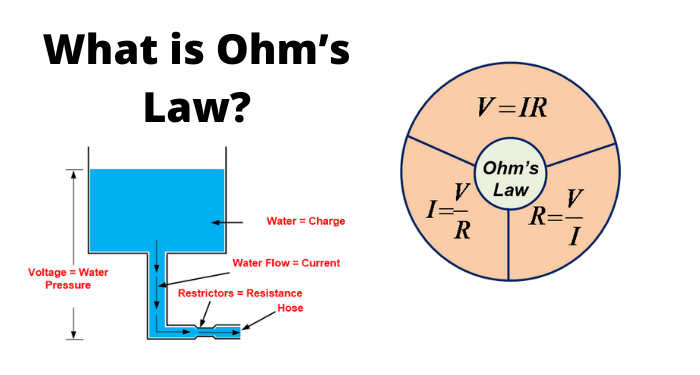With the terms discussed above, we have a standard law, which is very crucial for the behavior of all the electronic components, called as Ohm’s Law. This states the relation between current and voltage in an ideal conductor.
According to Ohm’s law, the potential difference across an ideal conductor is proportional to the current through it.
VαIVαI
An ideal conductor has no resistance. But in practice, every conductor has some resistance in it. As the resistance increases, the potential drop also increases and hence the voltage increases.
Hence the voltage is directly proportional to the resistance it offers.
VαRVαR
V=IRV=IR
But the current is inversely proportional to the resistance.
VαIα1RVαIα1R
I=V/RI=V/R
Hence, in practice, an Ohm’s law can be stated as −
According to Ohm’s law, the current flowing through a conductor is proportional to the potential difference across it, and is inversely proportional to the resistance it offers.
This law is helpful in determining the values of unknown parameters among the three which help to analyze a circuit.

